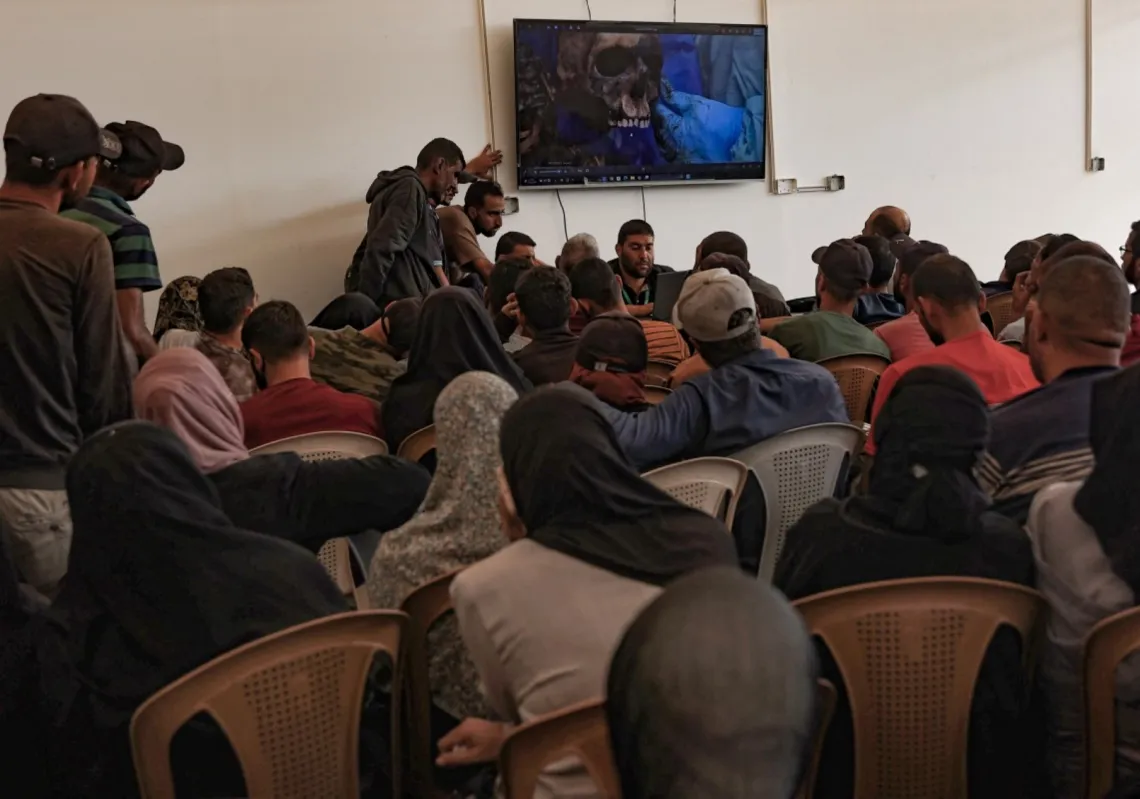In the 1960s and 70s, Egypt was one of the most important and powerful countries in the cultivation of long-staple cotton when many countries all over the world imported it due to its high quality which distinguished it from any other cotton.
In recent years, Egypt is seeking to return to the golden cotton era as it was before. Following directives from President Abdel Fattah El Sisi, the State's current strategy to develop the cotton system and the spinning and weaving industry is paving the way to restore the country’s leadership in the cotton cultivation and spinning and weaving sector.
The latest of these efforts is establishing the largest spinning factory in the world in Mahalla, a city known for its textile industry, located in the middle of the Nile Delta.
Covering an area of 62,000 sq. meters, the mega project is due to be opened next year. It includes the latest equipment and machinery that can process all types of cotton, especially long-staple and extra-long cotton, which contributes to exploiting Egypt's competitive advantages in cotton production.
The deterioration in cultivating cotton started during the openness policy pursued during the Sadat era which had a severe impact on the ownership rates of agricultural lands.
The area of cotton cultivation diminished from 2 million acres to 130,000 acres in all Egyptian governorates.
During Mubarak’s rule in the beginning of 1980s, the policies of economic liberalization escalated, mainly as a result of pressure from the International Monetary Fund and the World Bank, especially after the two loans that Egypt obtained in the early 1990s.
The agricultural conditions in Egypt deteriorated further with Egypt's joining the General Agreement on Tariffs and Trade (GATT), which meant more involvement in economic globalization. This required Egypt to lift and remove customs barriers on imported goods and products, including agricultural ones, which quickly led to a deterioration of the local agricultural production and related industries as well as opening the door to imported American cotton, regardless of the economic losses and damages.
“These conditions made the farmers depend on cultivating crops required for export such as: fruits, certain vegetables, and aromatic plants at the expense of basic materials like wheat, barley, rice, corn, legumes, and cotton, which the State was forced to import to meet its needs,” Hussein Abu Saddam, Head of the Farmers' Syndicate, told Majalla.
“Under President Abdel Fattah El-Sisi's leadership, cotton started to regain its fame,” he said, pointing out that there are a number of successful initiatives begun in recent years to encourage farmers to grow cotton.
This year, the area of cotton cultivation increased to 370,000 acres, which is an increase of 100,000 acres compared to last year.
“Increasing the cultivated areas of cotton is a very important step for the return of the era of white gold,” Abu Saddam said, adding that this step will greatly increase exports and reduce imports of cotton in the coming period, in addition to working to increase the yield of the cotton crop.
Khalil al-Maliki, an agricultural expert, said that the most important step to increase production of cotton during the coming period is to work on increasing the number of spinning and weaving factories in the governorates, and this in turn would greatly increase the cultivated areas of cotton.
“Encouraging farmers to grow cotton is the most important step that must be taken during the coming period, especially since there are a large number of farmers who have tended to grow other crops to achieve the largest financial profit because the cotton crop was valueless in the past, so there must be new incentives for farmers to increase the areas of cultivated cotton during the coming period,” he said.
In 2020, the Cotton Egypt Association, which is responsible for managing and promoting the "Egypt Cotton" logo, announced the official launch of the Better Cotton Initiative (BCI) program in cooperation with the Egyptian Ministry of Agriculture, the United Nations Industrial Development Organization and international partners.
The BCI aims to implement the Egyptian cotton sustainability system in all its stages, starting from cultivation and harvesting to all stages of industrialization, in order to advance the Egyptian cotton industry in a sustainable manner.
Experts believe that Egypt's joining the BCI is a good first step on the ground to market Egyptian cotton abroad.
Earlier this month, Minister of Public Business Sector Mahmoud Esmat held a meeting to follow up on the implementation of projects related to developing the cotton and spinning and weaving companies affiliated with the Ministry.
Developing cotton gins was reviewed and a total of 6 gins was determined, 4 of which were developed at a cost of about LE600 million, with the remaining two gins to be developed next year.
These gins were developed with modern technology and operate automatically to achieve high quality ginned cotton completely free of pollutants and impurities.
In addition to an advanced laboratory equipped with the latest devices to measure the specifications of ginned cotton, the data is recorded on an electronic label placed on the bale to keep pace with the requirements of modernizing the global industry.
The new gins have a production capacity of 5 tons per hour, which is about 3 times the capacity of the old gins, and enough to gin all the Egyptian cotton using fewer machines while reducing energy consumption.
In another development in the cotton field, Egypt last year succeeded in cultivating colored cotton, such as green, pink red, violet and light brown, in line with the global expansion of this type of cotton that contributes to reducing pollutants by not relying on industrial dyes.











